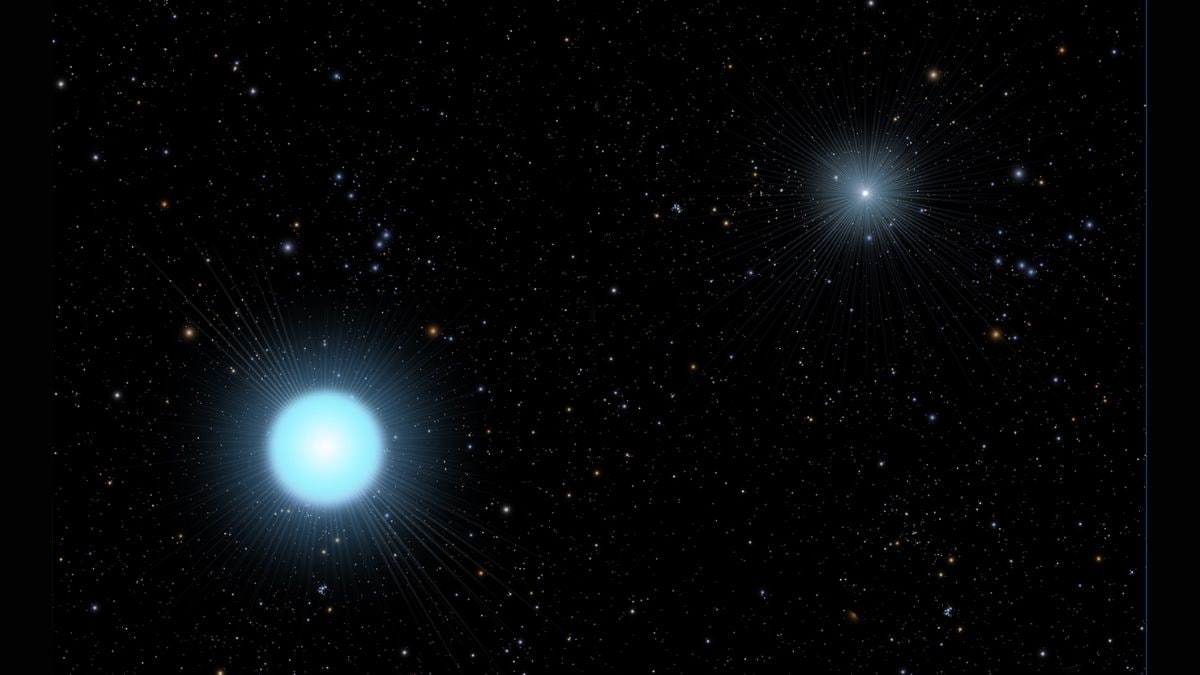Astronomers using the Hubble Space Telescope have discovered that the blue straggler star, a hot, young, massive star, in the image grows from the process of binary stars merging with one another in the globular cluster 47 Tucanae, which is located 15,300 light-years away from the Earth. The findings, posted August 28 on the arXiv preprint server, represent one of the youngest known blue straggler–white dwarf pairings. This yields a probe of the evolution of binaries in dense stellar systems and, therefore, the rate of close stellar encounters and mass transfer that will determine the star formation histories there.
Hubble Witness to Rare Young White Dwarf Orbiting Blue Straggler BSS4
According to the research led by Elisabetta Reggiani of the University of Florence, Hubble ACS/SBC far-UV photometry was searched for, and a far hotter and bluer stellar counterpart, referred to here-after as BSS4, was identified.
The less massive, and thus probably younger (accretion over the last 12 million years), secondary white-dwarf degenerate star has a mass of 0.2--0.55 solar masses and a radius structure of 0.016--0.032 solar radii.
The system is young because its companion is still relatively hot, and it should heat up over the next million years.
Secularism: Aiming at a better understanding of the binary models, they argued, studying BSS4 would make sense, since it is both rare and young when compared with other objects of the same class in the theory of binary evolution.

Comments
Post a Comment